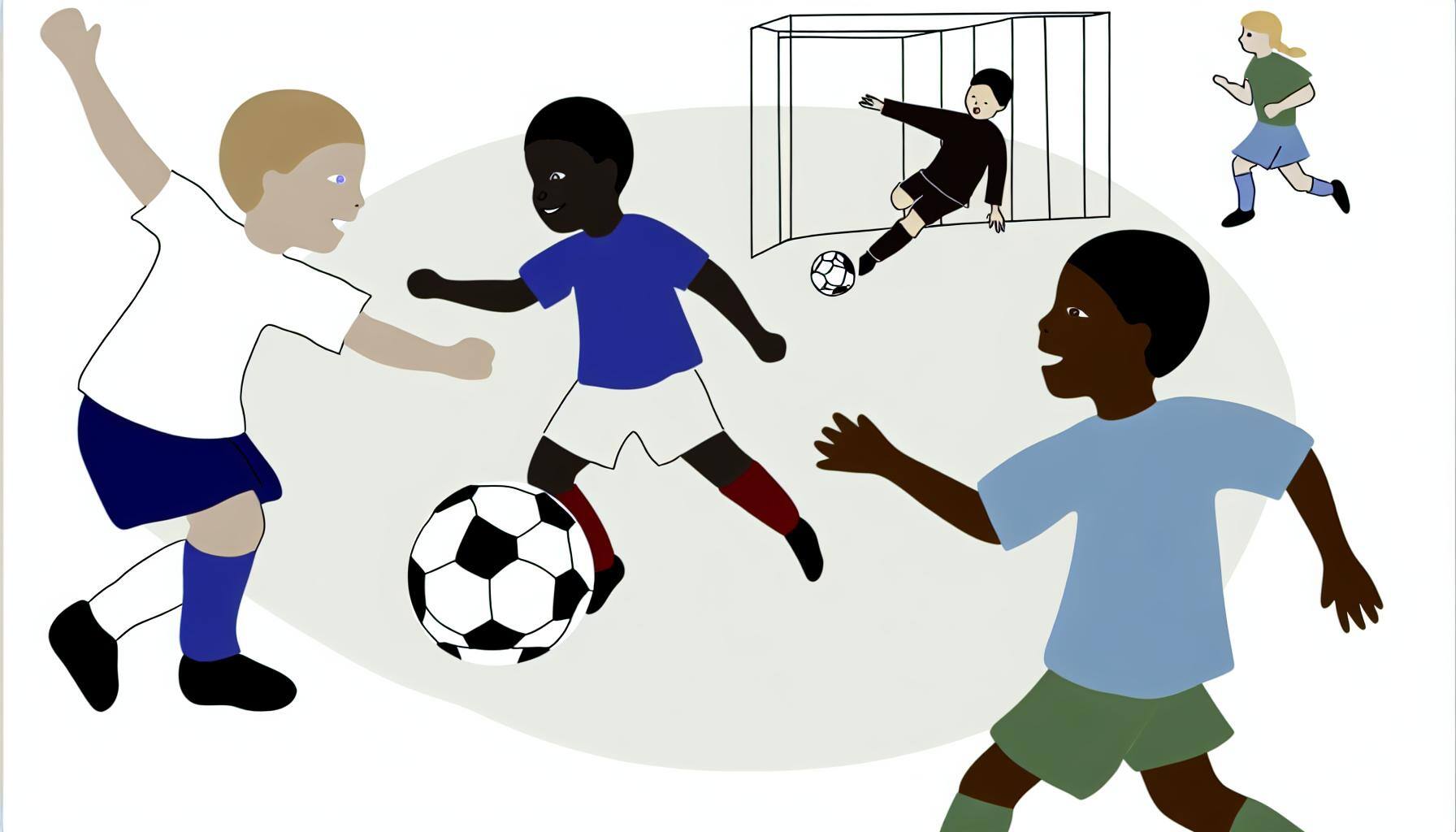Media plays a significant role in shaping how we perceive children's and youth sports in society. Through a tailored media analysis, the Swedish Sports Confederation gained insight into the effects of their strategic efforts in the media landscape.
The Swedish Sports Confederation is a membership organization that works to unite and support sports clubs across the country. A comprehensive reform process is currently underway within the sports movement, called Strategy 2025. The goal of this reform is primarily to ensure that more people are encouraged and able to participate in club sports – throughout their entire lives.
As part of Strategy 2025, the Swedish Sports Confederation has consciously worked on its communication to influence the media and, in doing so, drive attitude changes that support the overarching goals.
Anna Setzman at the Swedish Sports Confederation wondered if we at Retriever could help measure whether the communication efforts had been effective and how the overall media portrayal of children's and youth sports had changed over the years.
 — I had a feeling that the media portrayal had changed over time, but no evidence to support it. I wasn’t entirely sure how to practically approach the measurement, but since we’ve worked with Retriever before, I knew they have great systems for media analysis – and above all, very skilled analysts who could help me design the project, says Anna.
— I had a feeling that the media portrayal had changed over time, but no evidence to support it. I wasn’t entirely sure how to practically approach the measurement, but since we’ve worked with Retriever before, I knew they have great systems for media analysis – and above all, very skilled analysts who could help me design the project, says Anna.
In just the past ten years, more than 700,000 articles on children's and youth sports have been published in Swedish media, so there was a vast amount of data to analyze. The challenge, therefore, was largely in defining and designing the measurement to ensure we obtained the most relevant insights possible.
The approach was shaped around several overarching focus areas
- Which specific sports received the most media attention?
- How has children's and youth sports been portrayed in different regions of the country?
- Who set the media agenda, and what attitudes did they have?
- What did the media presence of the Swedish Sports Confederation's former chairperson look like?
Were there differences in focus and attitudes depending on whether the publications were news-oriented or opinion-forming material?
Technology and methodology combined with expertise is a successful recipe
The project’s lifecycle was then divided into a quantitative and a qualitative phase with regular check-ins. During these, experts from both Retriever and the Swedish Sports Confederation could jointly discuss, guide the direction, and ensure the relevance of the results.
The methodology of the project was based on the AMEC IEF framework, which Retriever uses to plan, execute, and evaluate the measurement and analysis of communication.
AMEC is an international organization that exists to promote standards and methods for measuring and evaluating communication and PR efforts. Together with other leading organizations in the industry, AMEC developed the Barcelona Principles – a set of guidelines that establish a global standard for communication measurement and evaluation. Based on the Barcelona Principles, the AMEC IEF (Integrated Evaluation Framework) was created to facilitate the implementation of the Barcelona Principles.
As tools in the project, Retriever's media analysis system was used alongside machine learning models combined with generative AI.
– There were several aspects of this project that were really clever. It involved an enormous amount of data. Finding ways to use AI and machine learning for sorting, for example, I found very exciting, says Anna.
We received confirmation that this approach was truly successful when Retriever and the Swedish Sports Confederation won an award for this project at the AMEC Awards in the category "Best Use of New Technology in Communications Measurement." The AMEC Awards is the Oscars of the communications and analytics industry, where the top analytics projects from around the world are celebrated.
– The results of the analysis provided us with several insights into how the strategic reform efforts have impacted the media and how this has evolved over time. Additionally, the insights serve as a foundation for our upcoming strategic work, says Anna.
Key Insights from the Media Analysis
- Over time, more news stories focused on how sports contributed to joy, increased inclusion, and building a better society.
- The Swedish Sports Confederation had succeeded in its earlier efforts to communicate the importance of sports for integration, particularly following the refugee wave in 2019.
- An increased number of articles about elite sports initiatives indicated that the trend was moving in the wrong direction. Additionally, the arguments for elite sports initiatives had become more nuanced and politically correct.
- The number of journalists setting the agenda for the discussion on elite sports initiatives decreased. This created space for voices advocating for elite sports initiatives.
- There were a number of specific news sources that frequently influenced the opinions of others. This was particularly evident in the area of elite sports initiatives.
– This work will have an impact on us at the Swedish Sports Confederation in several ways. So far, we have used the insights internally at our headquarters to evaluate the results and demonstrate the importance of long-term and active work with the media. In the second phase, we will take this to the districts and our federations to educate and create alignment around our strategic work and communication.
– The insights will also serve as a foundation for future strategic initiatives. A great example of how we’ve used the insights is a campaign we recently launched called 'It Should Be Fun to Compete.' This is a concrete example of how we can work with these insights to take ownership of our core issues," Anna concludes.







